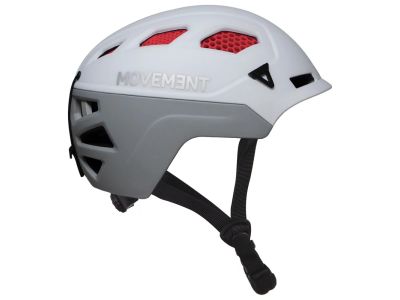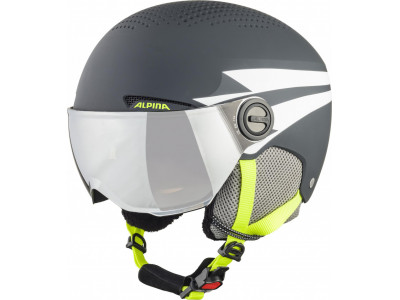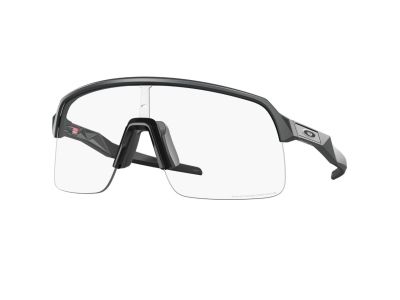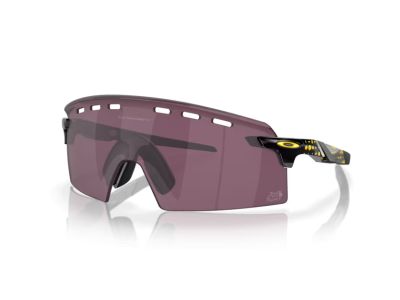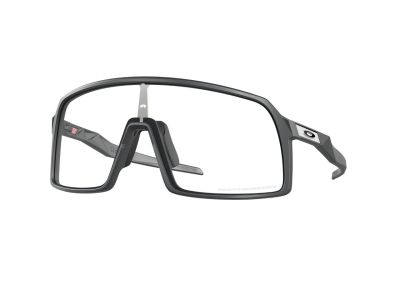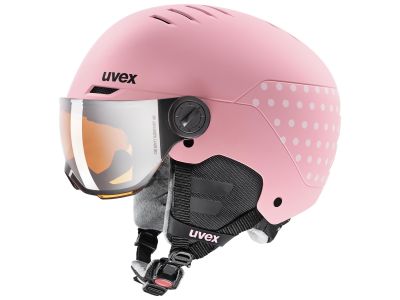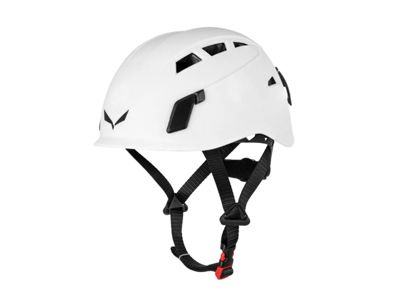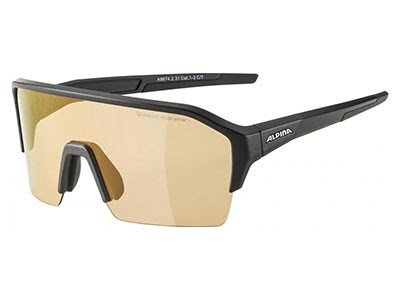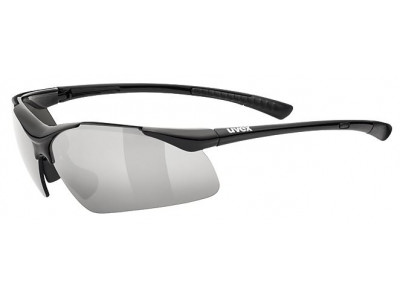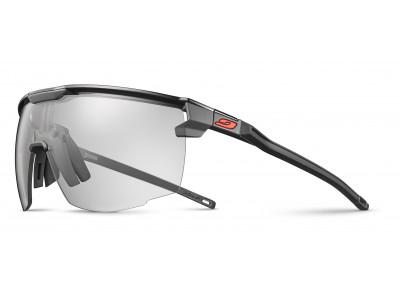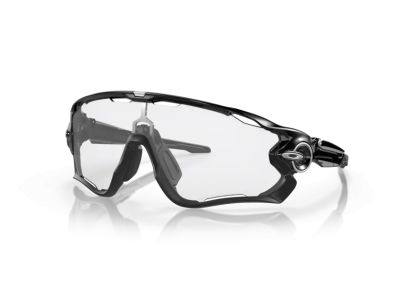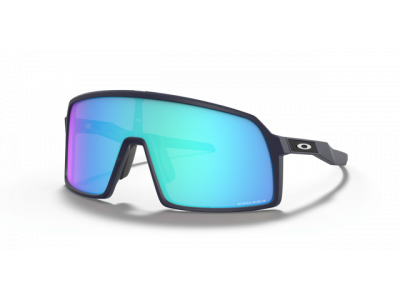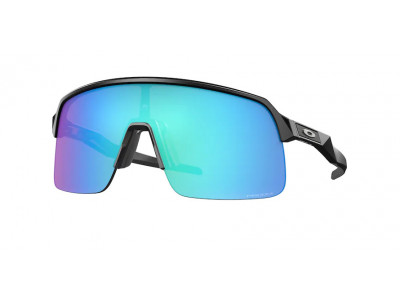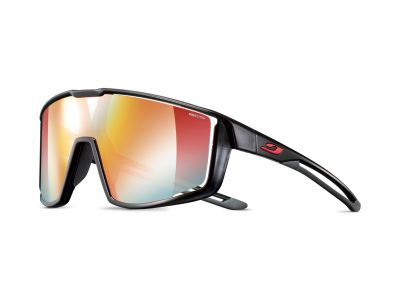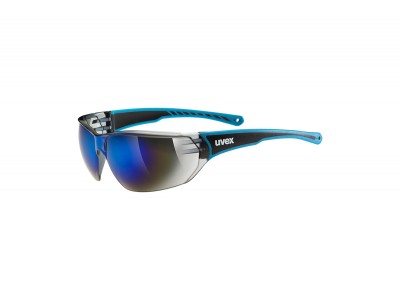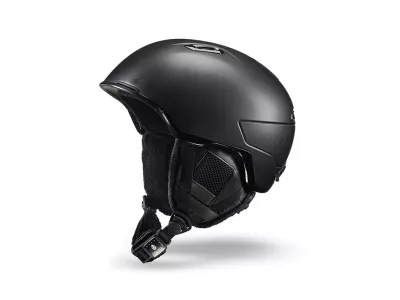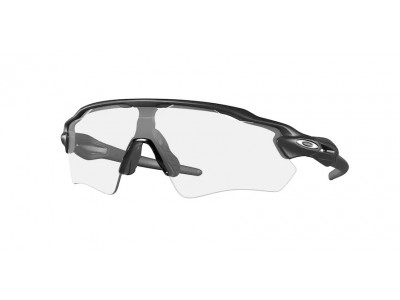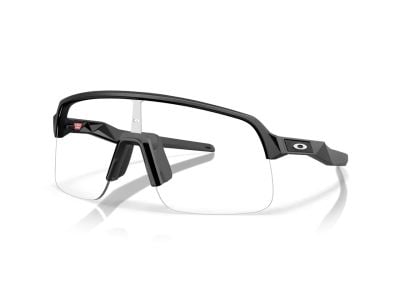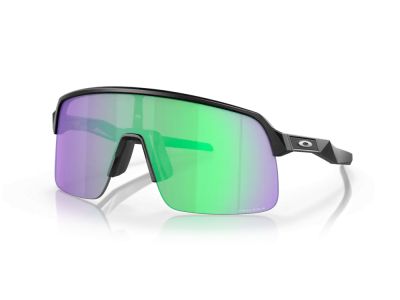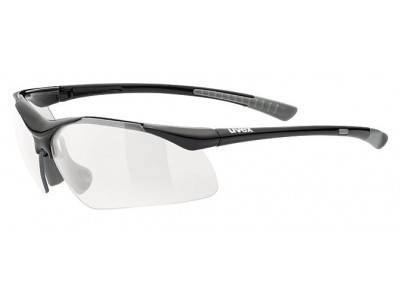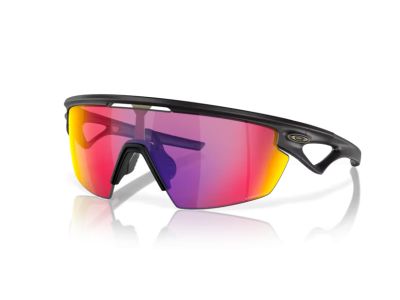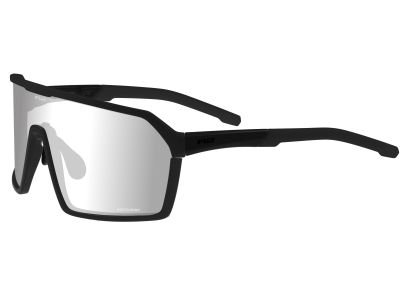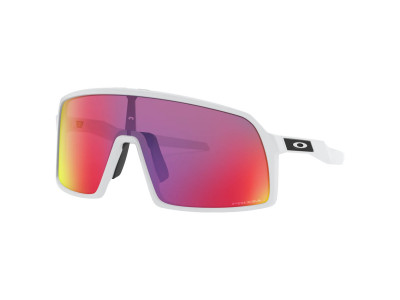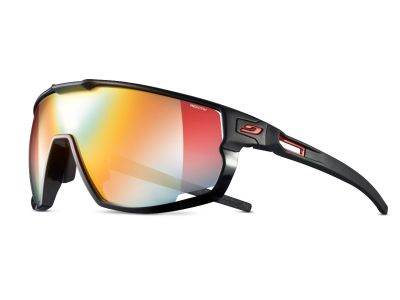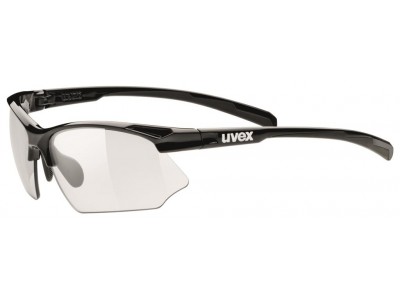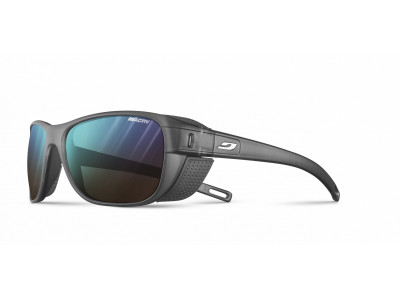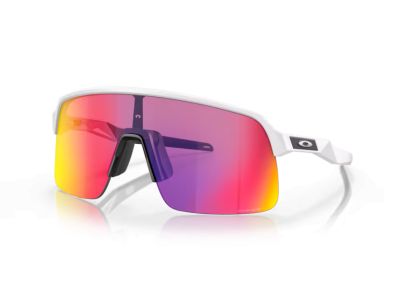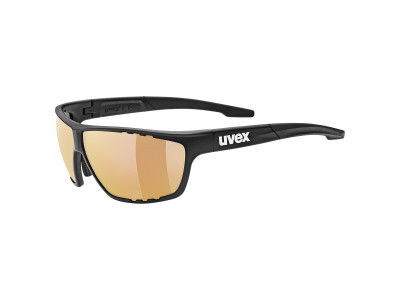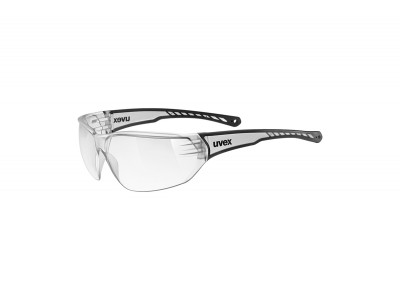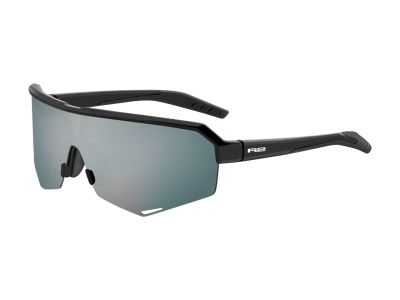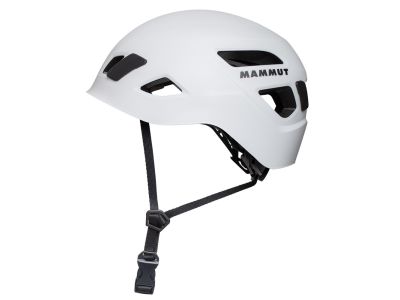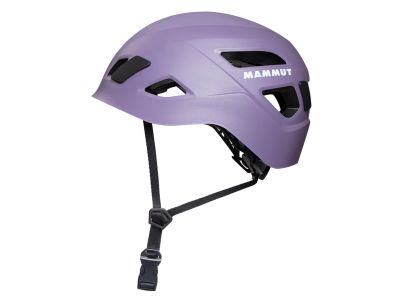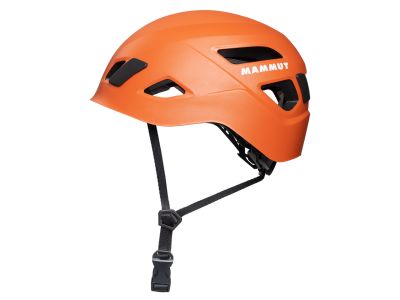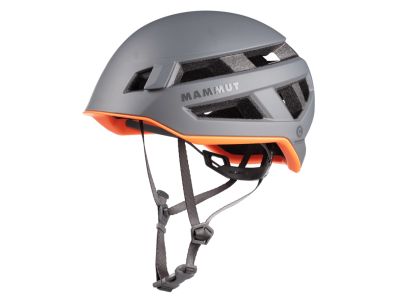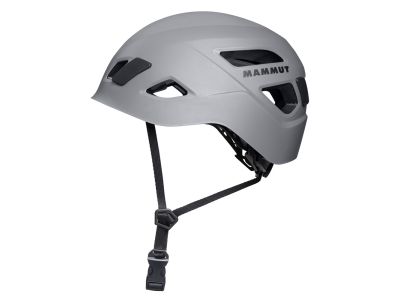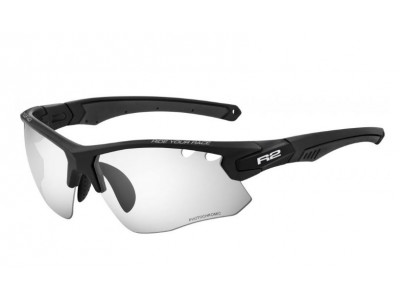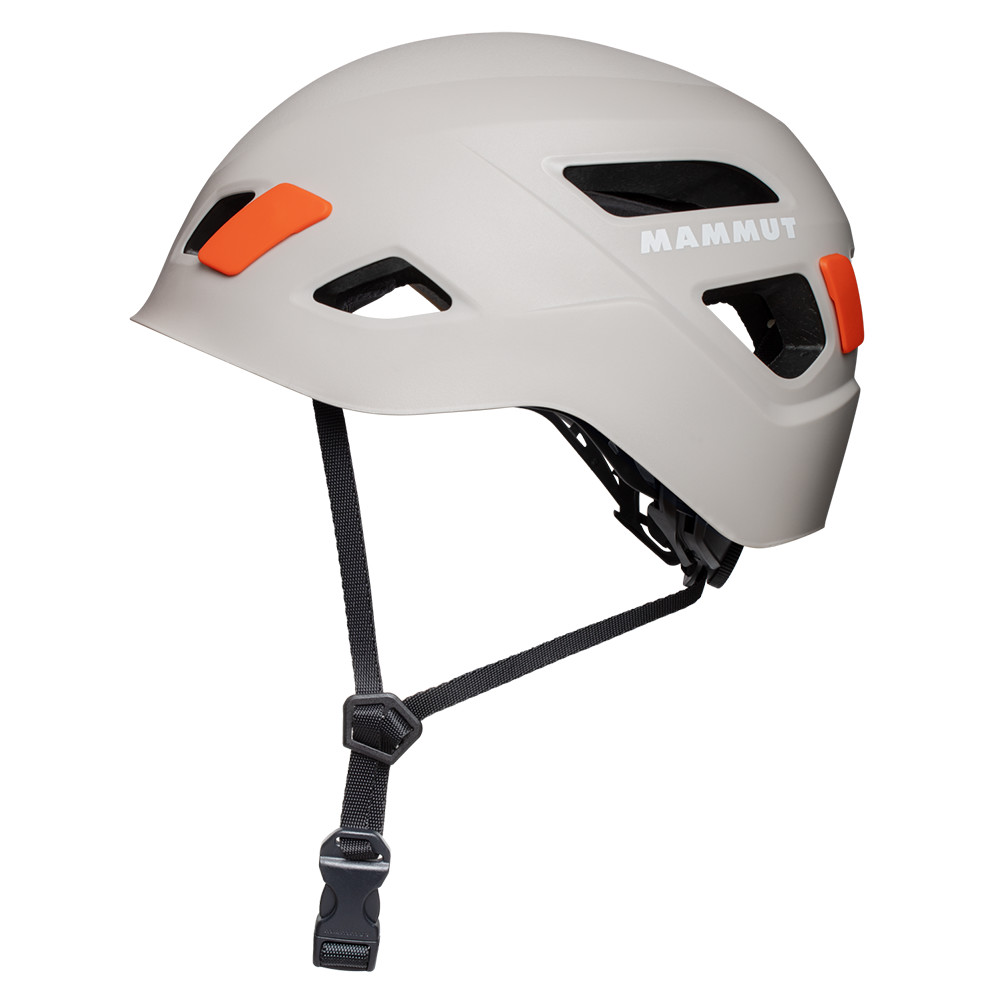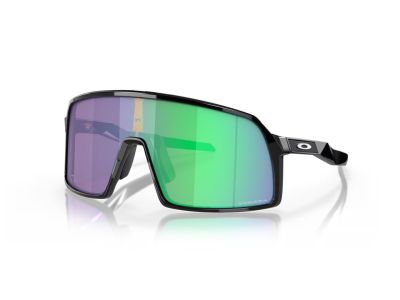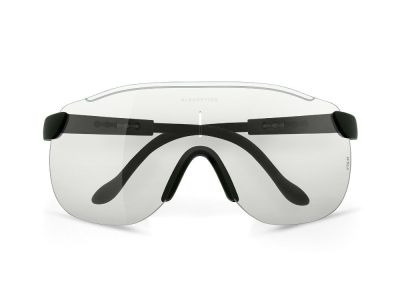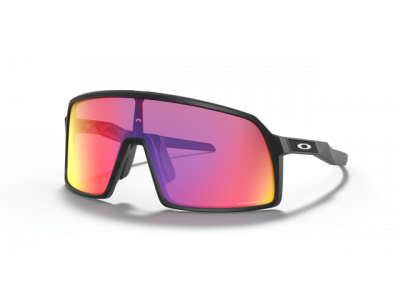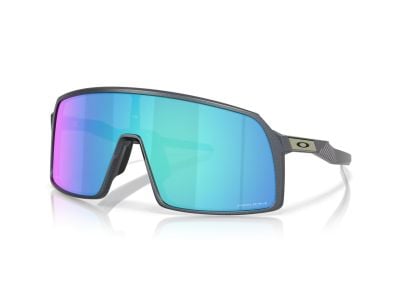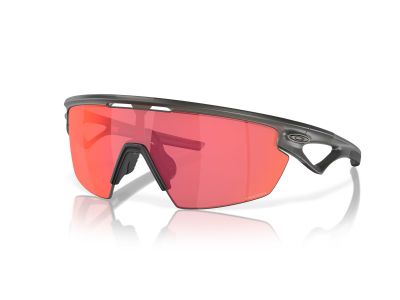Helmets and goggles are an important safety feature for various outdoor sports. Outdoor helmets are essential protective equipment for various outdoor activities including mountaineering, cycling, skiing and rock climbing. They are designed to provide head protection in the event of impacts or falls.
What types of outdoor helmets are there?
When choosing an outdoor helmet, it's essential to consider the type of activity you'll be doing, the fit and comfort of the helmet, as well as any specific safety certifications it may have. Properly fitting and wearing a helmet can significantly reduce the risk of head injury during outdoor activities.
- Climbing helmet: Climbing helmets are lightweight and durable and are designed to protect the head from falling rocks or debris while climbing. They usually have a hard outer shell and an inner foam layer that absorbs shock.
- Ski/Snowboard helmet: Ski and snowboard helmets are designed to protect the head from impacts while riding down the slopes. They often have a hard outer shell and soft padding on the inside that provides comfort, warmth, and shock absorption.
- Mountaineering helmet: Mountaineering helmets are designed to protect the head from falling ice, rocks, or debris while mountaineering or alpine climbing. They are typically lightweight and adjustable for a secure fit.
What type of glasses should you choose?
When choosing glasses, it is a good idea to consider the type of glasses you will be wearing them for, depending on the activity you plan to wear them for. Choose from these types of glasses:
- Outdoor sports glasses: Outdoor sports glasses are specifically designed to provide protection and enhance performance during a variety of outdoor activities such as running, cycling, hiking, climbing and water sports. These sunglasses are lightweight, durable and often feature impact-resistant lenses that protect the eyes from dirt, UV rays and harsh glare. Outdoor sports glasses typically have a wrap-around frame that provides a secure fit and blocks out light from the sides. They may also have rubberized nose pads and temples for added comfort and stability during active movement. Many outdoor sports glasses come with interchangeable lenses to adapt to different light conditions, and some may have polarized or photochromic lenses to improve visibility and eye protection.
- Lifestyle eyewear: Lifestyle eyewear is designed for everyday wear and offers style, comfort and UV protection for everyday activities and urban environments. These sunglasses come in a wide range of shapes, colours, and materials to suit different personal styles and preferences. Lifestyle eyewear typically features fashionable designs, lightweight frames and tinted lenses that provide both a fashionable look and sun protection. Some lifestyle eyewear models may include polarized lenses, making them versatile and suitable for driving. Whether it’s a day at the beach or a stroll around town, lifestyle eyewear combines aesthetics with functionality.
- Ski goggles: Ski goggles are essential for protecting your eyes from snow, wind, and glare while skiing, snowboarding, or other winter sports. These goggles feature a wide field of vision, antifog coating, and UV protection that enhance visibility and comfort in snowy conditions. Ski goggles are designed to fit snugly over your helmet and provide a secure seal that keeps snow and wind out. They often feature dual lenses with ventilation systems to minimize fogging and maintain clear vision on the slopes. Some ski goggles come with interchangeable lenses to adapt to changing light conditions, while others include features such as anti-scratch coatings, adjustable straps, and compatibility with prescription glasses.
What is the difference between polarized and non-polarized lenses?
Polarized lenses reduce glare from reflective surfaces such as water, snow, and roads, making them ideal for outdoor activities and driving. Non-polarized lenses do not provide this glare reduction, but still provide UV protection for the eyes.
How can I clean my glasses?
To clean your glasses, use a mild soap and water solution or a specialized lens cleaning spray. Do not use harsh chemicals or abrasive materials that can damage the lenses. Use a microfiber cloth to gently wipe the lenses and frames, and store your glasses in a protective case when not in use.
Are photochromic lenses a good choice for glasses?
Photochromic lenses, also known as transition lenses, darken in response to sunlight and lighten indoors. They provide convenience by eliminating the need to switch between regular glasses and sunglasses. Photochromic lenses are a popular choice for those who frequently switch between indoor and outdoor environments.
